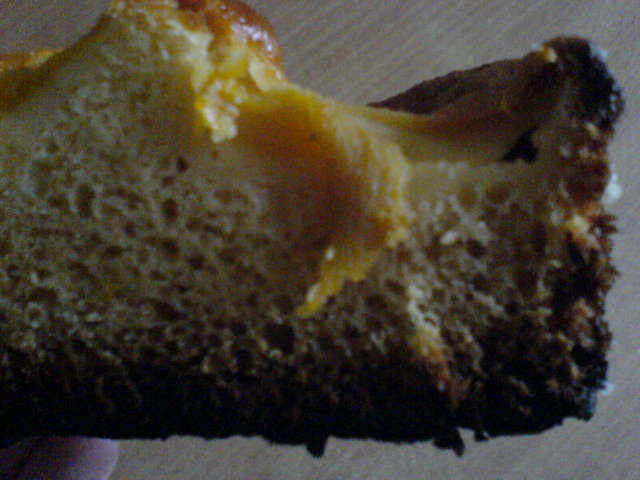I wake today and opened window to get some fresh air and discovered that there was snowing during night. It is winter here so snow is nothing special. But…
Few hours later at work I discussed with OpenedHand guys and talk switched to weather. British citizens were astonished that they have snow. Britain and snow? Cities paralyzed, trains not working all because there are few inches of snow…
Tomas Frydrych has nice summary for it:
I had real laugh at my previous job when two of my colleagues were discussing how unfortunate Britain was to suffer from such weather extremes; I could not resit asking which extremes exactly they had in mind.
He is from Czech (so he remember how winter should look) and live for several years in Britain. Another thing which he told was:
It has to be said that proper, cold, winder is actually more bearable than what we get here; because of the humidity, it feels much colder here at 2°C than at -10°C in the old country.
Now imagine how rest of talk was looking when there was mention about eyes freezing when temperature is below -25°C :D
UPDATE: Rob wrote that this is normal behaviour there ;D
